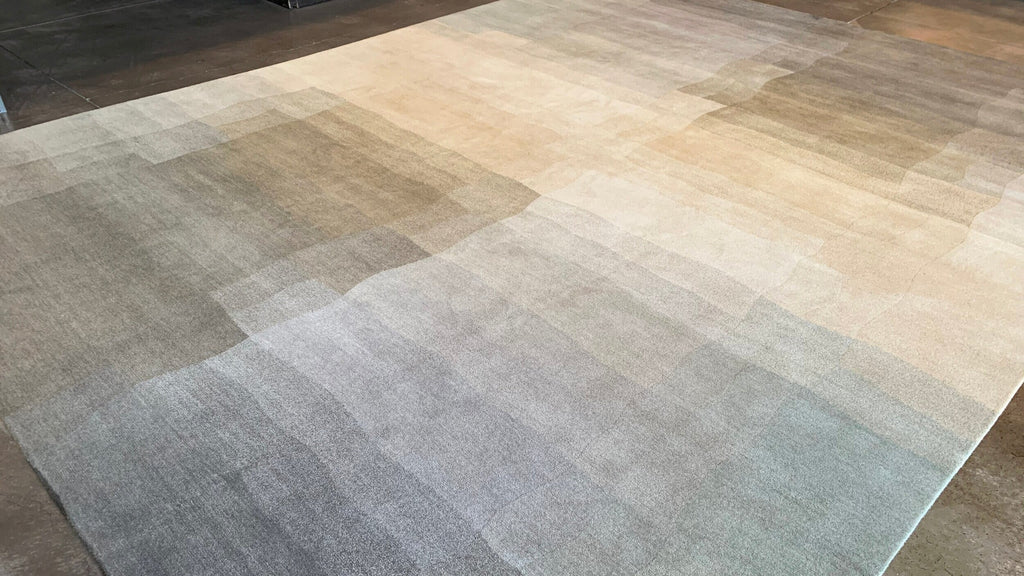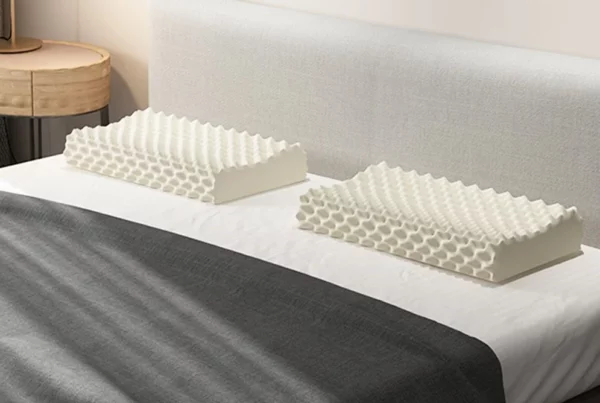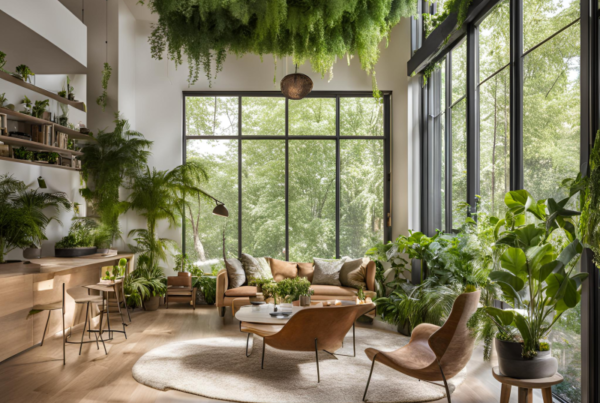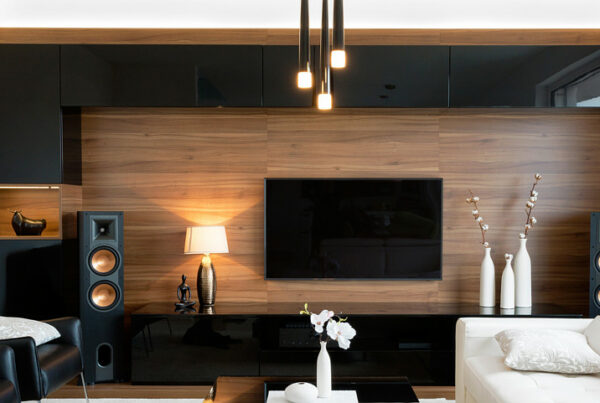Table of Contents
Everything You Need to Know About Tibetan Knot Rugs
There is a certain charm and allure that Tibetan Knot Rugs hold. These rugs, steeped in history and tradition, are much more than just pieces of decor; they are a testament to the rich cultural heritage of Tibetan craftsmanship. In this article, we delve into the world of Tibetan Knot Rugs, exploring their history, the production process, their varied categories, and the unique benefits they bring to your space.
The Rich History of Tibetan Knot Rugs
Tibetan Knot Rugs have a rich history dating back to the 7th century. These rugs were initially woven by nomadic tribes in the high-altitude regions of Tibet, using wool from their herds of sheep. The rugs served multiple purposes, providing warmth, comfort, and a form of artistic expression. Over the centuries, the art of Tibetan rug weaving evolved, incorporating intricate designs and symbolism inspired by Buddhism, which is deeply entrenched in Tibetan culture.
The Art of Production
The production of Tibetan Knot Rugs is a labor-intensive process that requires immense skill and patience. Each rug is hand-knotted using a unique method known as the Tibetan knot. This knotting technique, which involves looping the yarn around a rod, creates a distinctive texture and durability that sets these rugs apart.
The wool used in these rugs is often sourced from highland sheep, known for its long, lustrous fibers. The wool is hand-spun, dyed using natural pigments, and then hand-knotted to create intricate patterns. This meticulous process ensures each rug is unique, boasting its own character and charm.
Categories of Tibetan Knot Rugs
Tibetan Knot Rugs come in a variety of styles, designs, and sizes, falling into distinct categories and sub-categories. Some of the main categories include:
- Traditional Rugs: These rugs feature classic Tibetan designs and motifs, often inspired by Buddhist symbolism.
- Contemporary Rugs: These rugs blend traditional Tibetan knotting techniques with modern designs and color schemes.
- Custom Rugs: These rugs allow customers to customize the design, color, and size according to their preference.
Benefits of Tibetan Knot Rugs
Investing in a Tibetan Knot Rug brings a myriad of benefits. These rugs are not only stunningly beautiful, but they are also incredibly durable, providing a long-lasting addition to your home decor. The natural wool used in these rugs is hypoallergenic, making them a great choice for those with allergies. Owing to the hand-knotted process, each rug is unique, allowing you to own a piece of art that is truly one-of-a-kind.
FAQs about Tibetan Knot Rugs
Q1: How long does it take to make a Tibetan Knot Rug?
A1: Depending on the size and complexity of the design, it can take anywhere from a few weeks to several months to complete a rug.
Q2: How do I care for my Tibetan Knot Rug?
A2: Regular vacuuming is recommended to keep your rug clean. For spills, blot immediately with a clean, dry cloth. For deeper cleaning, it is advisable to seek professional rug cleaning services.
Q3: Are Tibetan Knot Rugs eco-friendly?
A3: Yes, Tibetan Knot Rugs are eco-friendly. They are made from natural, renewable resources, and the dyeing process uses natural pigments.
Q4: Can I customize a Tibetan Knot Rug?
A4: Yes, many retailers offer the option to customize the design, color, and size of your rug.
With their rich history, handcrafted beauty, and unique designs, Tibetan Knot Rugs are a true testament to Tibetan craftsmanship. Whether you are a fan of traditional designs or prefer a more contemporary aesthetic, these rugs offer something for everyone. So, why wait? Explore the world of Tibetan Knot Rugs and bring a piece of this age-old tradition into your home today!





